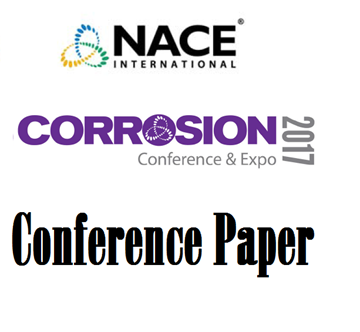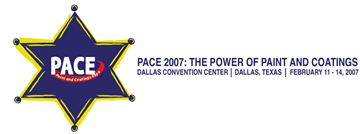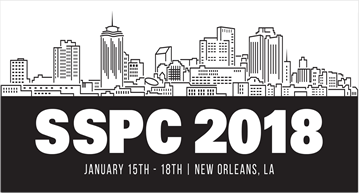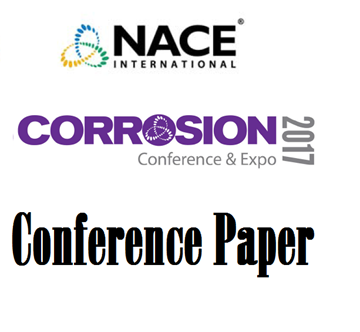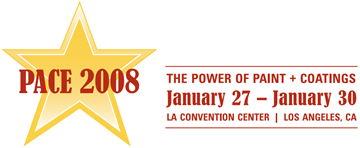Search
Conference Papers
View as
Sort by
Display
per page
Probabilistic Assessment of Hydrogen Stress Cracking of Steels and CRA in Sour Environments
Product Number:
51324-20409-SG
Publication Date:
2024
$40.00
Probabilistic Evaluation of Baffle-Former Bolt Cracking in PWRs
Product Number:
51317--8857-SG
ISBN:
8857 2017 CP
Publication Date:
2017
$20.00
Probabilistic Evaluation of Service Life of Reinforced Concrete Beam Element in Marine Environment
Product Number:
51319-13468-SG
Publication Date:
2019
$20.00
Probabilistic Modeling of the Relationship between Concrete Crack Width and Corrosion-Induced Mass Loss of Steel Bar
Product Number:
51319-13283-SG
Publication Date:
2019
$20.00
Probabilistic Techniques in Corrosion Modelling and Remnant Life Prediction
Product Number:
51324-20902-SG
Publication Date:
2024
$40.00
Procedure Proposition using a Compact SENT Geometry for Fracture Toughness Assessment in Sour Environment
Product Number:
51321-16463-SG
Publication Date:
2021
$20.00
Procedures for Heat Treating Fabricated Equipment of Zirconium Alloys
Product Number:
95251
Publication Date:
1995
$20.00
Process Approach in the Inspection of Plural Component Applied Coatings
Product Number:
41207-360-SG
Publication Date:
2007
$20.00
Process Development for Mechanistic Corrosion Models: Building, Validating, and Leveraging for Robust Outcomes
Product Number:
51324-20871-SG
Publication Date:
2024
$40.00
Progressive Reduction of Corrosion Phenomena in a COG Desulfurization Unit
Product Number:
51317--8940-SG
ISBN:
8940 2017 CP
Publication Date:
2017
$20.00
Project Management: Antennas and Water Tanks Can Co-Exist
Product Number:
41208-464-SG
Publication Date:
2008
$20.00




